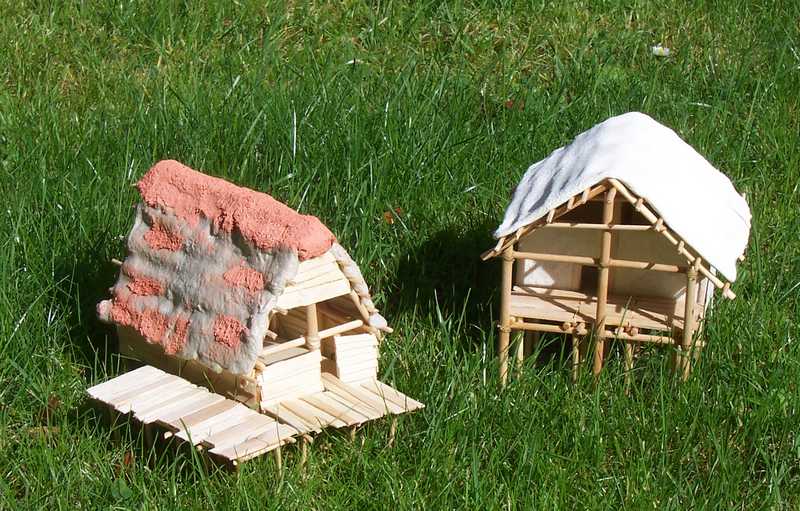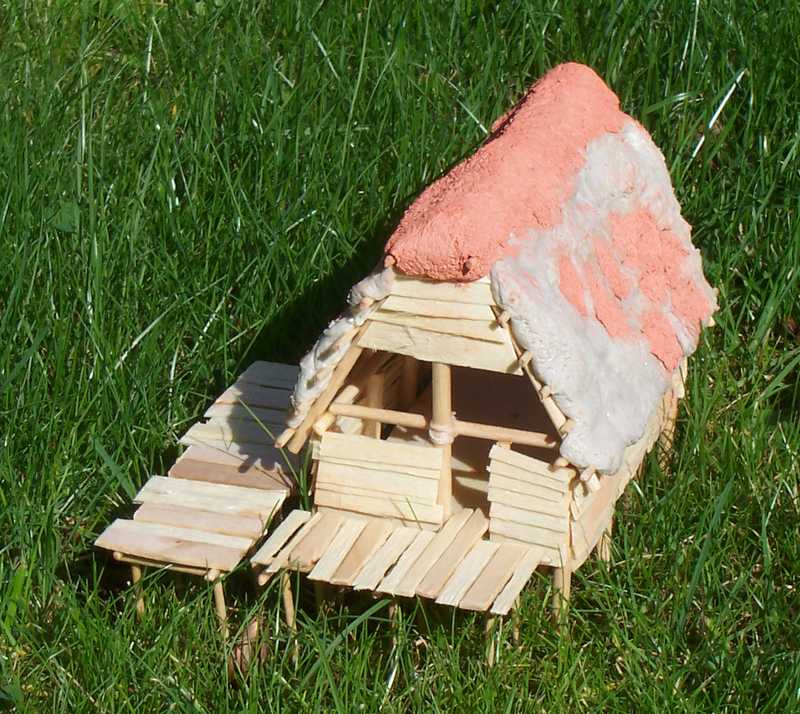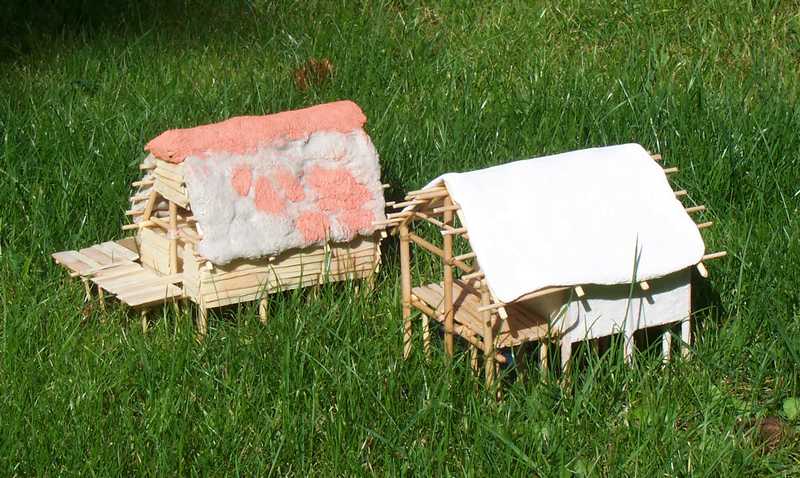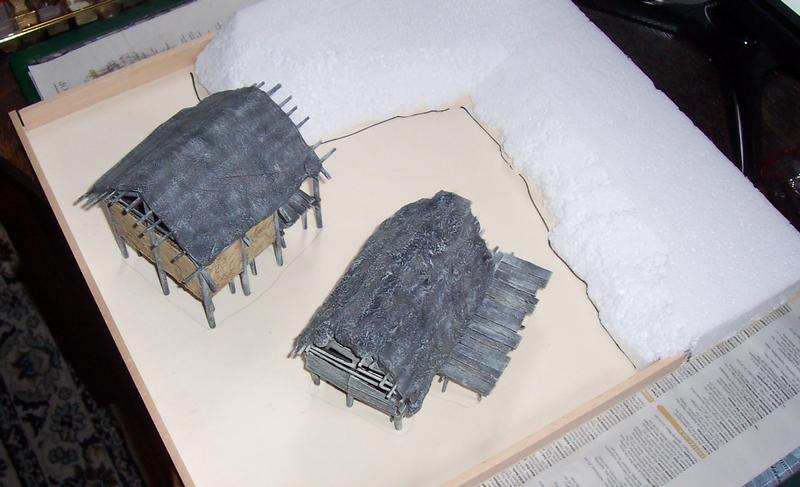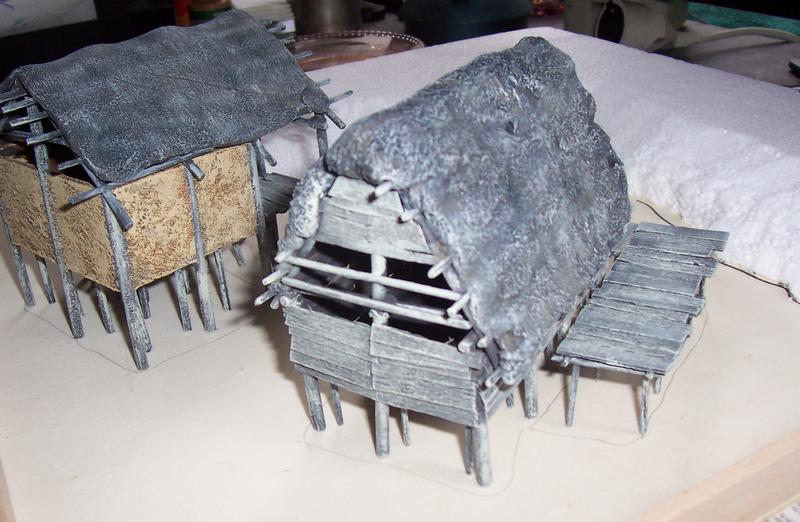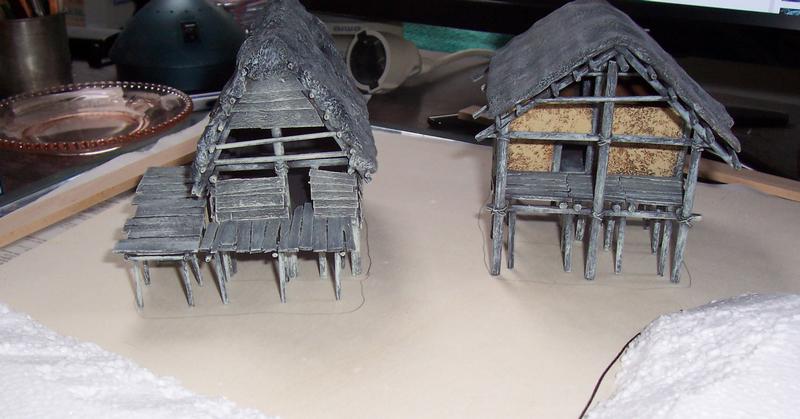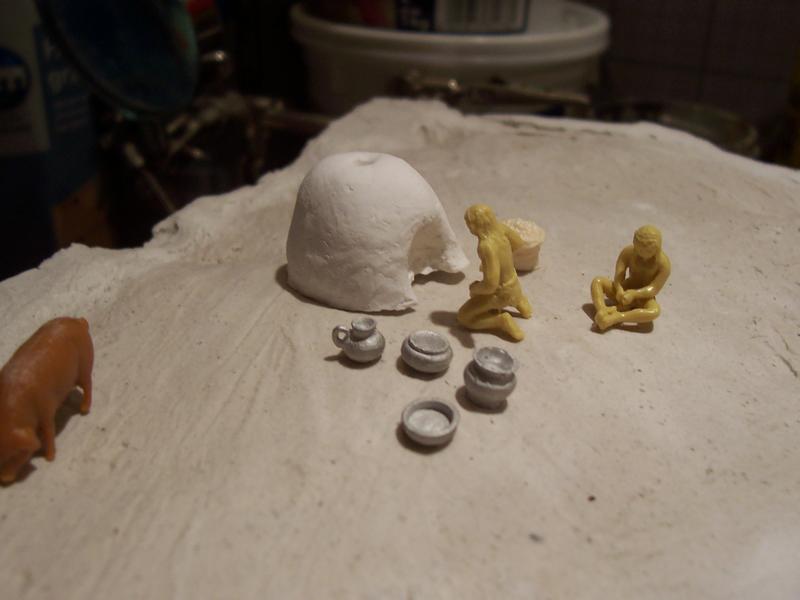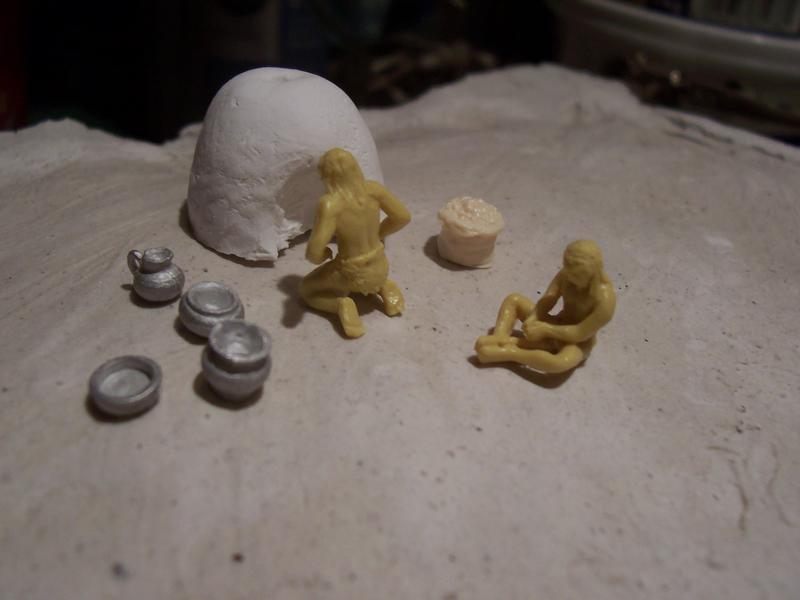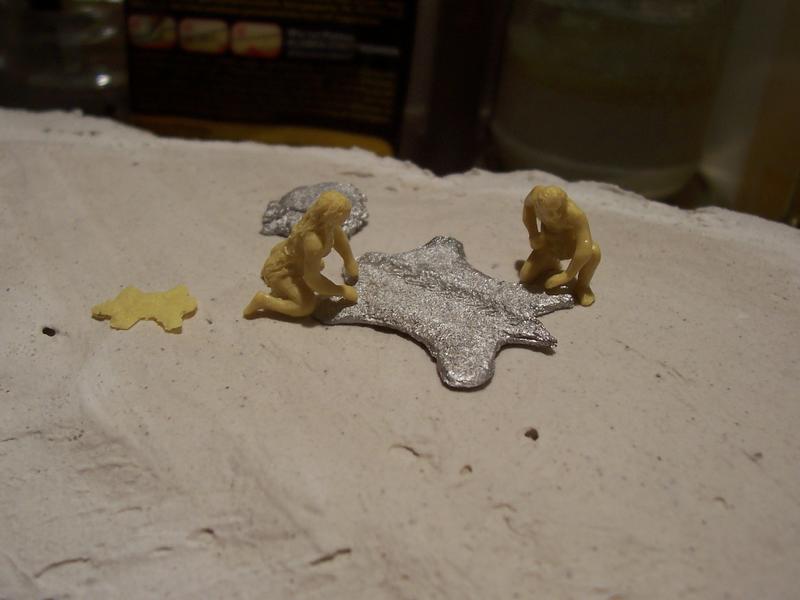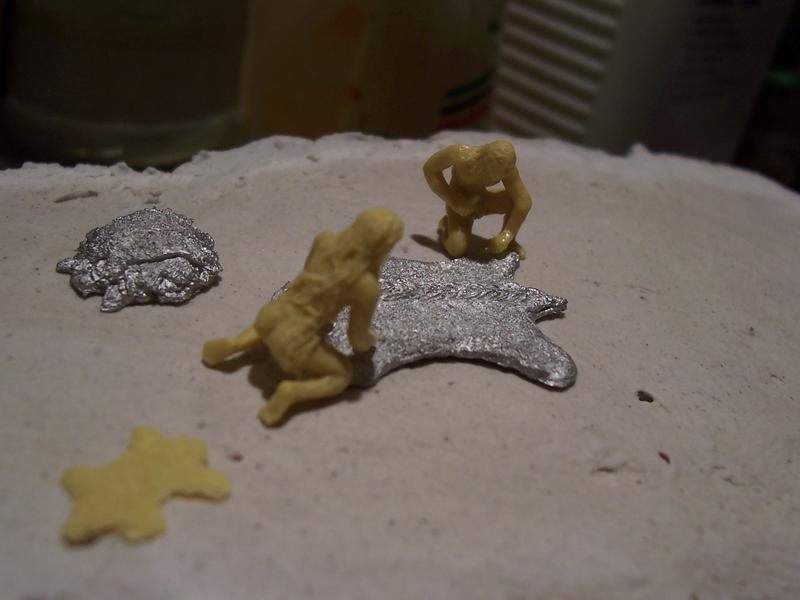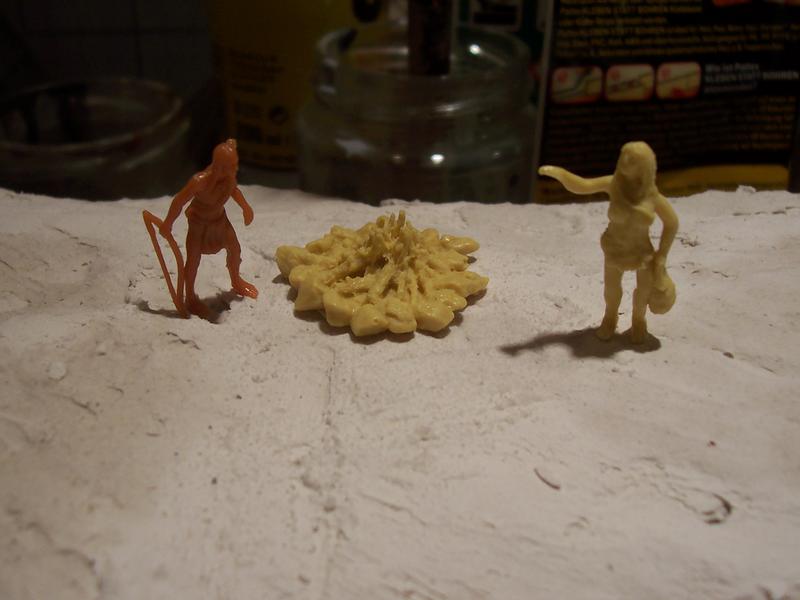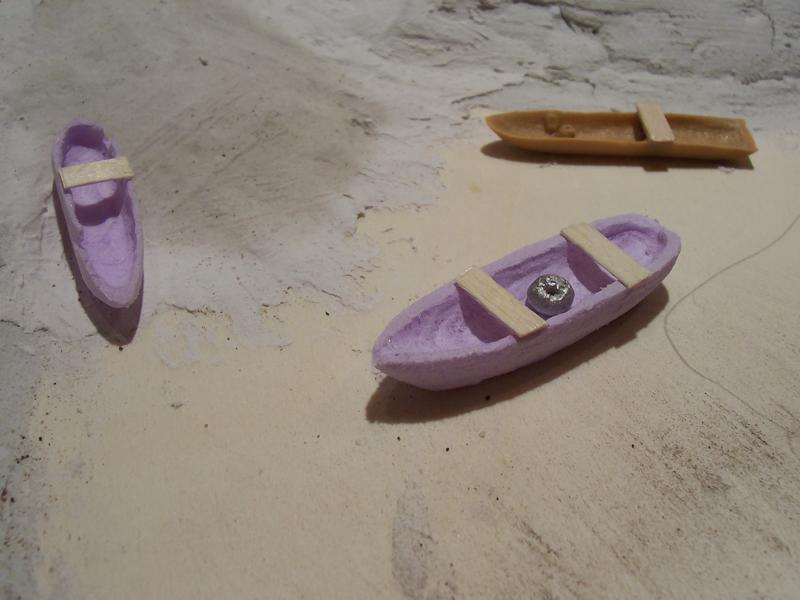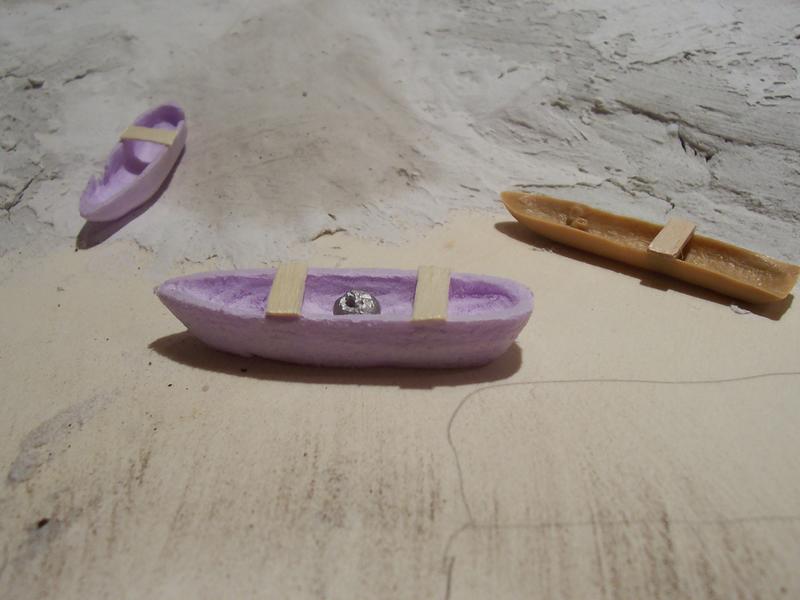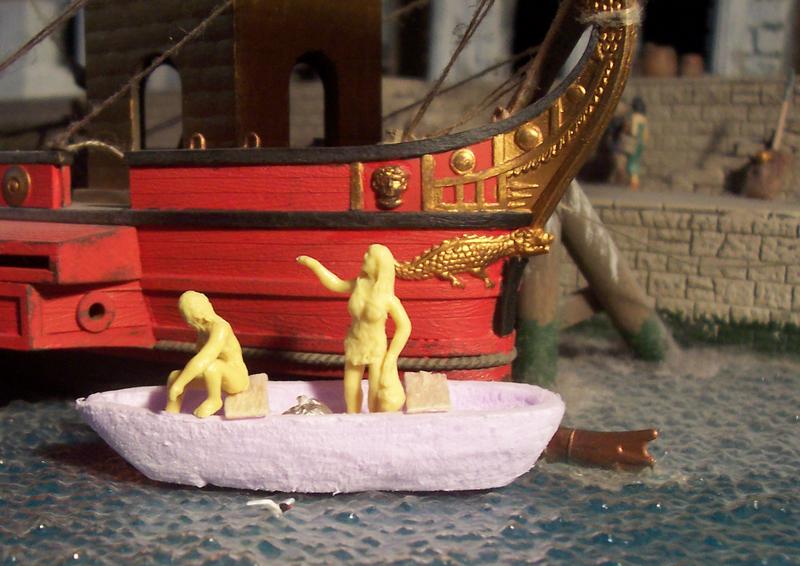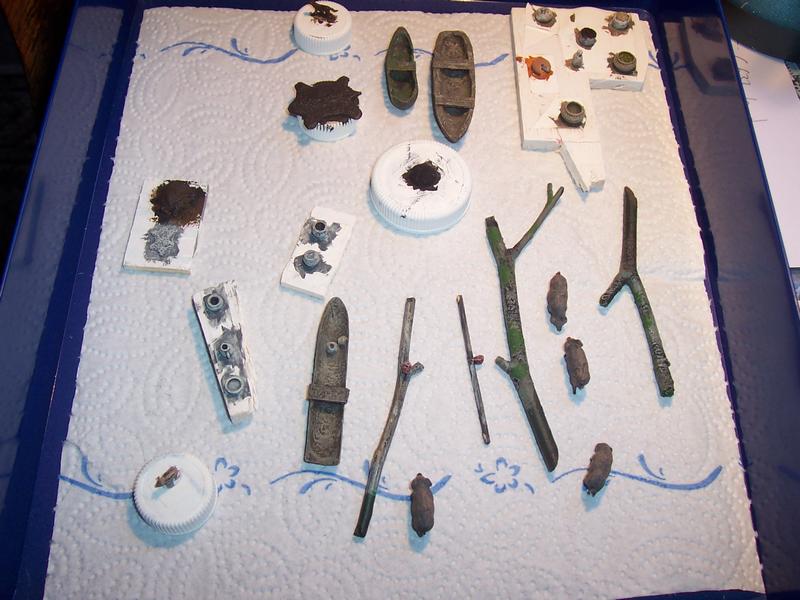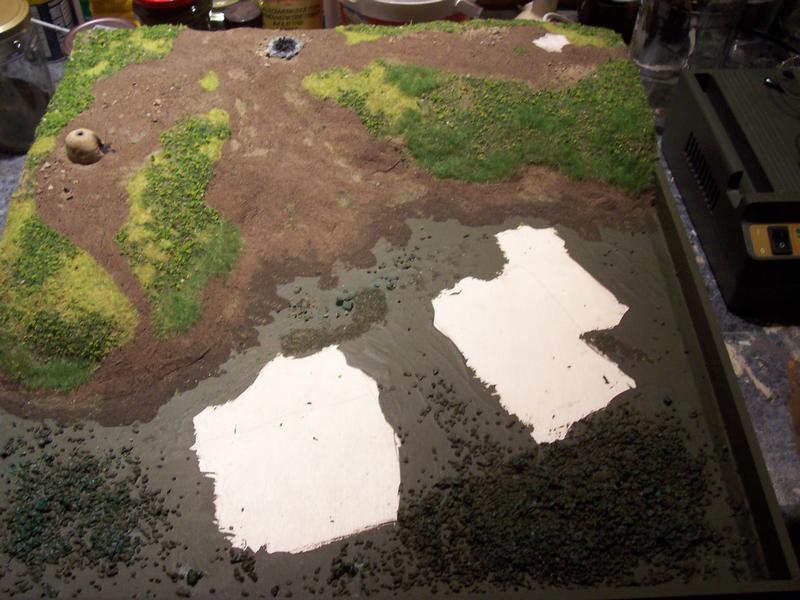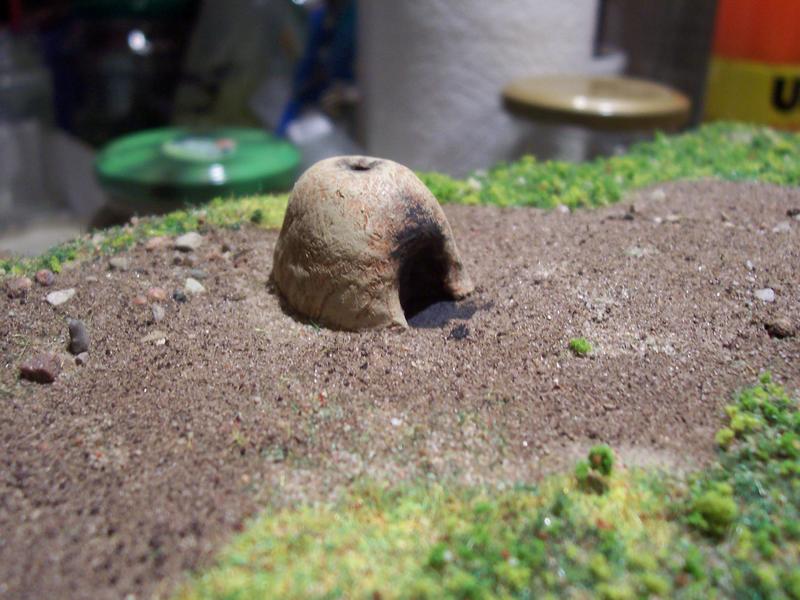It is a little Neolithic scene involving the pile dwellings that were common around the Alps for several millennia, spanning the Neolithic, Copper, Bronze and early Iron Ages.
So it’s a historical topic – no aliens or space ships this time!
While a large number of such sites have been discovered north of the Alps (in particular around Lake Constance), there are also numerous finds from the regions on the southern fringe of the Alps. A famous one, which I visited as a schoolboy during a holiday trip, is at the Lago di Ledro.
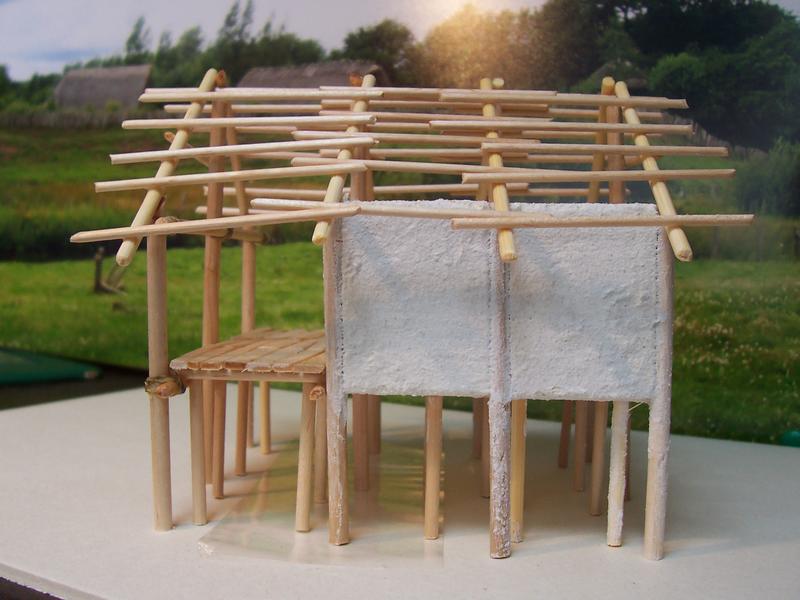
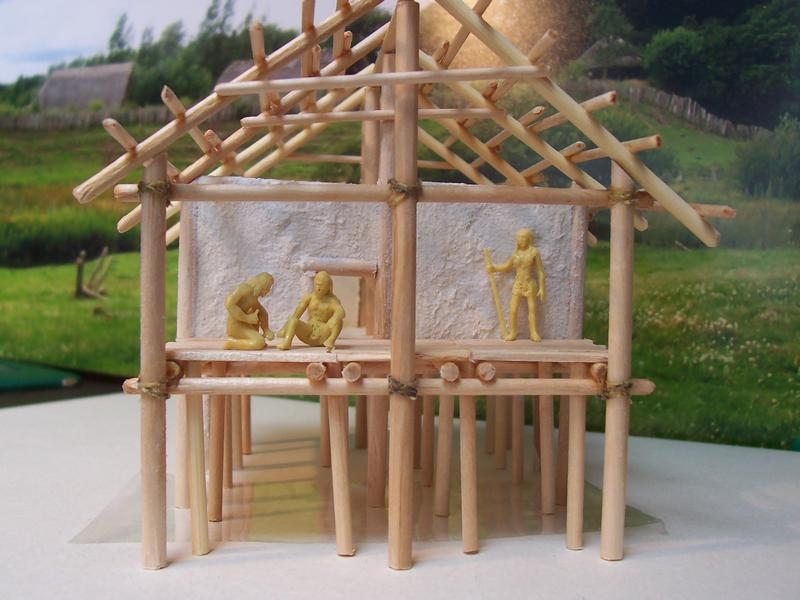
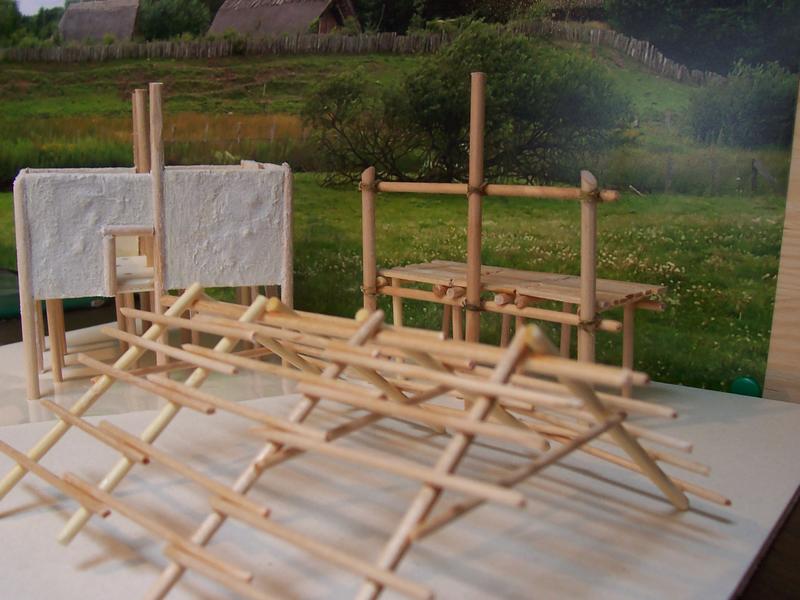
So the project has the working title „Italy before the Romans“. This is, of course, a cheap trick to bring my beloved Romans somehow into the story, but it is also a funny coincidence that the last of these prehistoric dwellings were actually built right at that time when Roman history had its dawn. I think this title is also fitting because the figures – and thus also the inspiration to start the project at all – are from Italy, too: I will use the set of prehistoric people by Phersu (set PCCF - Prehistoric Cavemen Cave and Fire).



 Moderator
Moderator





 Supporting Business
Supporting Business